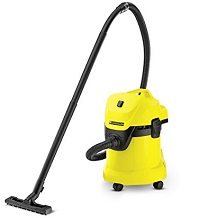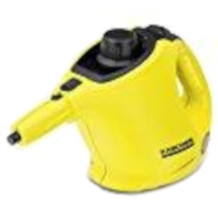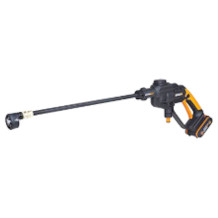Window vacuum cleaner purchasing advice: how to choose the right product
- The most important facts in a nutshell
- Window vacuums are the perfect alternative to conventional manual window cleaning. They consist of a squeegee, suction nozzle and dirty water tank.
- In addition to saving time, their advantages include thorough cleaning. Moreover, you do not have to worry about dripping dirty water.
- They are not only used on window panes, but also on other smooth surfaces such as mirrors, glass tables and shower cubicles.
- Make sure that the window vacuum cleaner has a battery life of at least 30 minutes and the water tank has a capacity of more than 50 millilitres.
- First clean the window with a cleaning solution to remove coarse dirt. Afterwards, the window cleaner ensures a streak-free shine.
What is a window vacuum cleaner?
A window vacuum cleaner, also called a window cleaner, is a battery-powered device that consists of a squeegee, a water tank and a system for collecting the dirty water. The device makes the tiresome task of cleaning windows much easier and makes cleaning utensils such as chamois leather, newspapers or other household remedies superfluous. The suction nozzles of the window cleaner suck up the dirty cleaning water on the window pane and transport it into the water tank. This can then simply be emptied in the sink. When used correctly, the window becomes streak-free and sparkling clean. Many models come in a set with a spray bottle and a wiper attachment. This removes coarse dirt, such as pollen and dust, from the window before using the window vacuum.
Cleaning windows is a horror for most people and they like to put it off as long as possible. But especially in the pollen season, during long dry spells with lots of dust, and when it rains or snows, you will have to reach for a rag, bucket and cleaning agent if you don’t want to lose your perspective. Perhaps you have been using the same home remedy for years and are regularly annoyed by the streaks that appear when the sun shines and the dirty water that has dripped onto the floor or window sill.
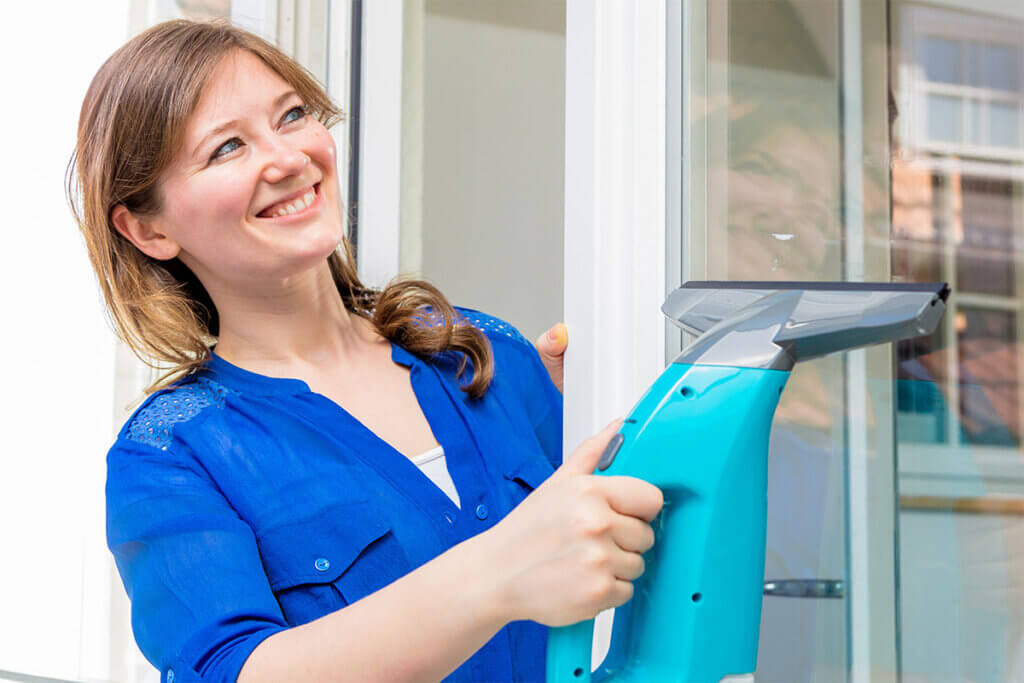
This is where window vacuums come into play. They are a comparatively recent invention in the household industry, but have already successfully established themselves on the market, as they make window cleaning much easier. Companies such as Kärcher, Sichler, Leifheit or Vileda produce devices in various price classes that ensure shiny and streak-free windows. They resemble a normal squeegee in appearance and mode of operation. However, window vacuums suck up the dirty water so you don’t have to bother with it anymore. They are usually powered by a lithium-ion battery and have a small motor that creates suction. The vacuum is transferred to the rubber lip and sucks the dirty water into the tank provided. To be able to clean the window before using the vacuum, the device usually comes in a set with a spray bottle, which is often equipped with a wiping attachment. You fill this with a mixture of cleaning agent and water. A window cleaner from the premium segment can cost several hundred euros. However, the cheapest models are already available for less than 40 euros.
What are the advantages of window vacuums?
Window vacuums have numerous advantages over conventional methods of cleaning windows with chamois leather and the like. Since you no longer have to switch between many different utensils, you save time. In addition, steps such as polishing with newspapers or cloths and drying are no longer necessary. They are easy to use and, if of high quality and used correctly, allow you to clean your windows without streaks. Although they are electrically operated, they do not require a cable, but usually have a rechargeable battery. Furthermore, they can be used flexibly, even on other surfaces such as tiles, shower doors or windscreens. The dirty water is collected so that you no longer have to bother with water spots or puddles.
The initial cost of a window cleaner is relatively high and the battery needs to be charged regularly; an empty battery could interrupt the cleaning session. The small motor also generates a certain amount of operating noise.
In the following, we summarise the advantages and disadvantages of window vacuums at a glance:
Pro points
- Great time saving
- Easy cleaning with only one unit
- No dripping dirty water
- Streak-free cleaning
- Less detergent needed
- Cordless operation
- Can also be used on other smooth surfaces
Drawbacks
- Regular battery charging necessary
- Relatively high purchase costs
- Operating noise
Where are window vacuums used?
You can use window vacuums not only for cleaning your windows, but also for many other smooth surfaces. For example, window cleaners can be used without problems in the bathroom on the mirror and shower cubicle, as well as on glass tables. They can also be used to clean your car windscreen and smooth plastic surfaces. This makes them practical, versatile household helpers. However, you should check the manufacturer’s instructions to make sure that your device really can handle more than just window panes. When using the cleaner, make sure it is suitable for the surface in question.
What types of window cleaners are there?
Mostly, lithium-ion batteries are used in window vacuums. They are also used in combination with a cleaning agent. Steam window cleaners are more environmentally friendly. They work with steam at up to 200 degrees Celsius, which removes the dirt, and do not need any additional cleaning agent. However, the cleaning result is often not as satisfactory as with cordless window cleaners. Both variants suck the dirty water or steam from the window into a tank via a suction nozzle. A further development of the window vacuum cleaner is the window cleaning robot, which sucks itself onto the window pane and cleans it independently. Beforehand, you have to apply some cleaning concentrate to the microfibre fleece and moisten it. However, these devices are very expensive. They are therefore only worthwhile if very large window areas are to be cleaned automatically.
Battery-powered window cleaners
Battery-operated window cleaners are the most common. Their pull-off lip, in combination with the suction nozzles, cleans the windows without leaving streaks or dirty water behind. The latter is collected in a small tank. Battery window vacuums are used together with detergent and a spray bottle to apply it.
Steam window cleaner
Steam cleaners for windows are suitable for environmentally conscious people as they do not require soap or detergents. They work in a similar way to their battery-powered counterparts, but the cleaning is done by steam that is sucked back out by the device. The steam, which can reach up to 200 degrees Celsius, removes the dirt from the window, but often not as reliably as battery-powered window cleaners.
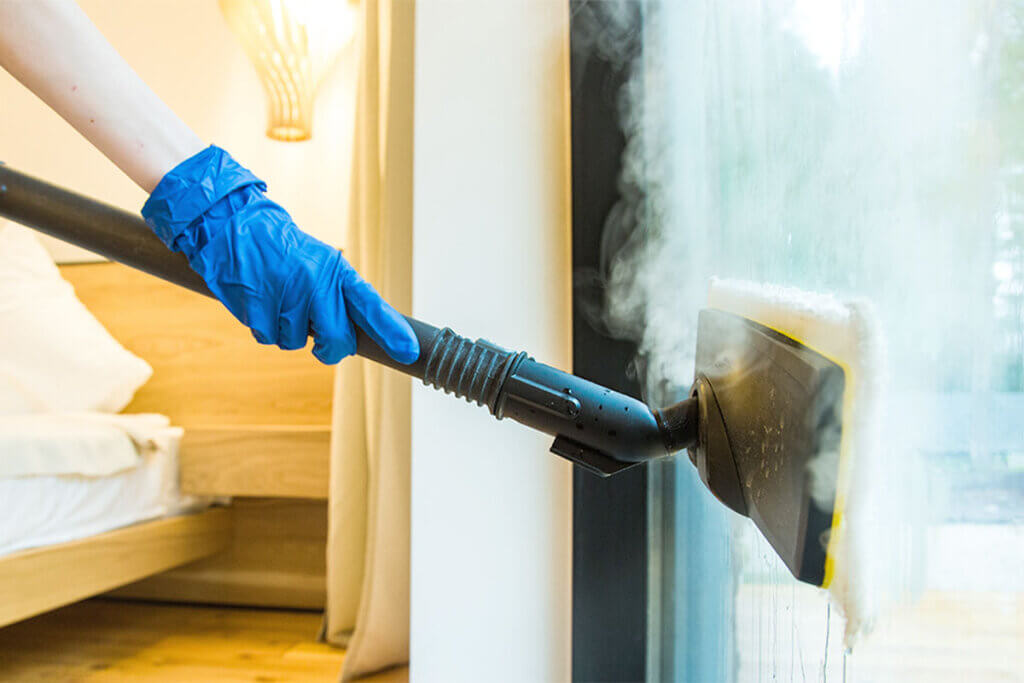
Window cleaning robot
Window cleaning robots are small devices that suck themselves onto the window pane and clean it automatically. The robots work with a cable or battery and often cost several hundred euros. They work with sensors that recognise the glass surface and move over the pane on rubber or plastic covers. On the underside of the cover is a cleaning fleece that needs to be moistened with water and sometimes cleaning agent. However, it should not be too wet, otherwise streaks will appear. Although window robots work independently, the investment is only worthwhile for very large window areas.
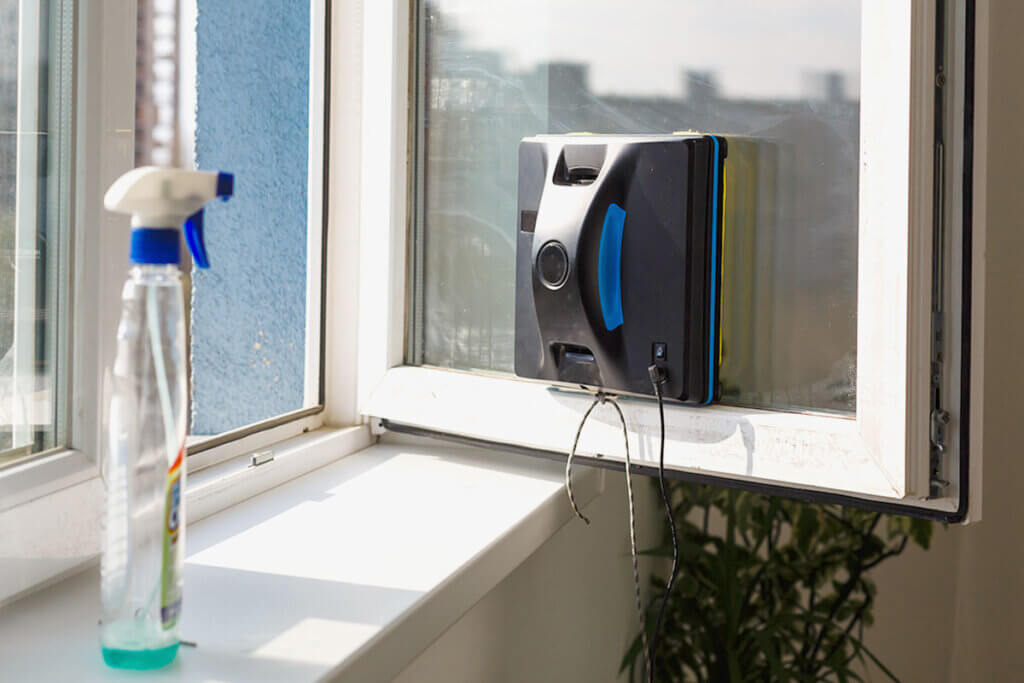
What should be considered when buying window cleaners?
Before making a purchase decision, make sure that the device meets your expectations in terms of battery life, weight, water tank size, handling and accessories. The battery life should be at least 30 minutes. Good models have a cleaning capacity of 100 square metres per battery charge, which is perfectly sufficient for most flats and houses. The size of the water tank not only plays a role in how often you need to empty it during cleaning. It also influences the weight – and that should always be in a comfortable range so that your arms don’t get heavy. When making your decision, you can further consider what accessories come with the appliance. These can be, for example, different mop attachments and covers or a practical telescopic pole for high windows. A replacement battery is only necessary if you have a house with a window area of over 100 square metres.
Battery
Most window vacuums are equipped with lithium-ion batteries because they have a long life. They usually have a runtime of 30 to 90 minutes. Since you only need a few minutes per window with the cleaner, a short runtime is often enough. However, if you have a lot of windows to clean and you want to clean other surfaces on your cleaning day, you should choose a device with good performance. The cleaning power is usually given in square metres per battery charge. A good model can easily clean 100 square metres with a fully charged battery. Note that the charging time for many devices is two to three hours. Some models indicate the charge of the battery with an indicator light on the handle or go into standby mode and switch off automatically when you take a cleaning break; this saves energy.
Size and weight
Commercially available window cleaners all have similar dimensions. The weight varies depending on the volume of the water tank. A large tank will naturally hold more water and therefore more weight. Depending on your arm strength, the window cleaner should not be too heavy, but also not too small, so that you can quickly manage your cleaning workload.
Operating noise
Read the manufacturer’s specifications on the subject of operating noise if you attach importance to a particularly quiet device because, for example, there are small children in the household or you have sensitive neighbours. Some models can reach a level of noise that could be unpleasant.
Water tank capacity
With many windows, a large amount of dirty water can accumulate. Therefore, you should find out how much volume the water tank holds. Some window vacuum cleaners only have a capacity of 50 millilitres – in this case, you will probably have to empty the tank often, as it is not sufficient for all windows. Therefore, it is better to choose a model that can hold a little more water.
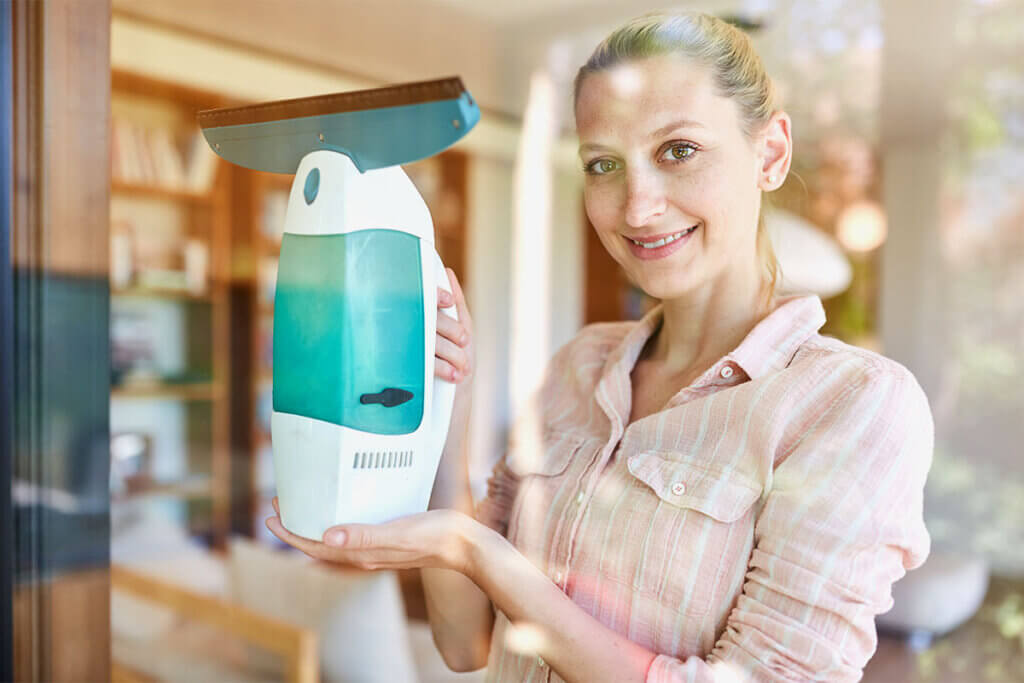
Handling and possible applications
If you plan to use the window vacuum cleaner on surfaces other than window panes, you should first make sure that it is suitable for this purpose. In terms of handling, all devices are similar and the application should not be cumbersome in any case. They should be ergonomically shaped and easy to assemble. Cleaning should not be a problem either, i.e. all individual parts should be easily removable and easy to clean.
Accessories
When it comes to the scope of delivery, it matters what exactly you need for perfect window cleaning. At least one spray bottle, perhaps even with a wiper attachment, should be included so that you don’t have to buy it separately.
Some models include a telescopic pole – very practical if you have a house or flat with many hard-to-reach windows. If you have a lot of windows, a spare battery may be useful; however, this is usually not necessary. A charger should of course be included in the delivery.
If you want to treat yourself to the complete package, you can purchase a window cleaner that comes in a set with various mop covers and mop attachments, different spray bottles and a cleaning concentrate. Supplementary parts such as an additional narrower suction lip for smaller areas or an extension cable for the battery charger are sometimes also included.
Correct use of a window vacuum cleaner
You should choose a sunny day to clean your windows. However, it should not be too hot, otherwise the cleaning agent will dry quickly. To achieve a perfect cleaning result, you must follow a few rules.
Clean windows first
Before using the window vacuum cleaner, you must clean the window panes. You can apply a cleaning solution with a spray bottle. You can either buy the cleaning agent ready-made as a glass cleaner or make it yourself from warm water, washing-up liquid and a little vinegar; the latter is better for the environment. Some companies supply the spray bottle and the cleaning concentrate, sometimes with a wiping attachment, so that you can distribute the cleaning agent even better.
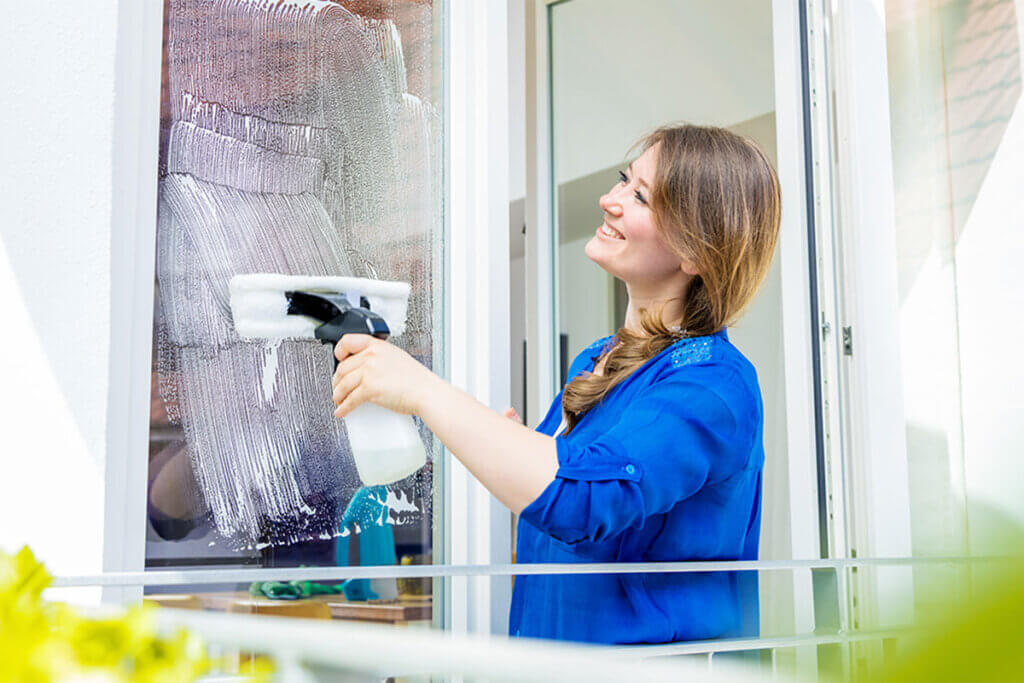
Be careful not to use too much cleaner; otherwise it could leave streaks and streaks. You can remove coarse dirt such as pollen and dust with a soft hand brush.
Using the window vacuum cleaner
Then you use the window vacuum cleaner, which you pull over the window. The extractor lip wipes the water on the window to the suction nozzles and it is collected in a container located on the vacuum. It is best to wipe in a vertical direction from top to bottom; this way the water is sucked in without any gaps. In exceptional cases, you can also move the appliance horizontally, always in the direction of the water container, of course. You should only not clean in serpentine lines, as in this case not all moisture and dirt may be removed from the window. Water that remains when you have reached the window frame can be picked up with a towel.
After some time, the peel-off lip will show signs of wear. When the surface becomes brittle, streaks may appear. At the latest, it should then be replaced. This is usually quite easy. With some window vacuum cleaners, the suction lip can simply be turned around. This is practical because you can continue cleaning straight away. Even if there are dust particles on the suction lip of the vacuum cleaner, streaks can occur. Therefore, wipe the rubber with a microfibre cloth first.
Do not forget to clean the window frame. You can either dust it with a brush or wipe it with a damp sponge to remove coarse dirt.
Cleaning and descaling the window cleaner
You should decalcify the window cleaner regularly; otherwise it will eventually start to leave stains. You can use vinegar or a special descaler for this. Pour warm water and the agent into the tank of the vacuum cleaner and let it soak in for some time. Then rinse the water tank thoroughly. This way you will always get satisfactory results.
From time to time, you should wipe your window vacuum cleaner and the rubber lip with a damp cloth. Make sure that the suction nozzles are always clean so that they do not get clogged. You should rinse out the water tank after each use so that no residue builds up. The moisture in the tank can evaporate if you leave the lid open.
Safety first
Always be aware of your safety when working. If you use a ladder or chair, make sure you are standing stably. Never lean too far out. Ask someone for help if necessary.

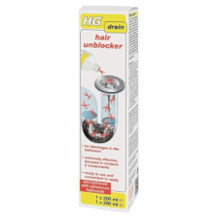
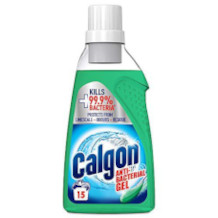
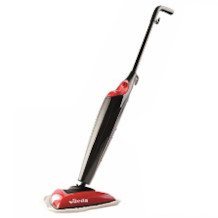
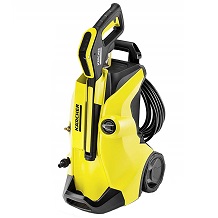
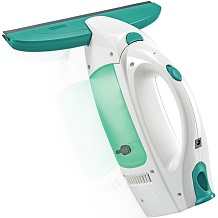

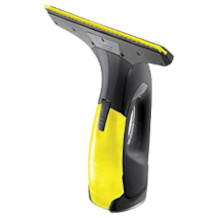
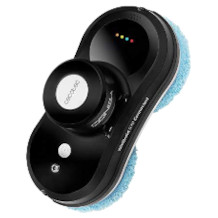
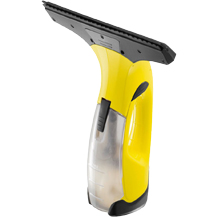

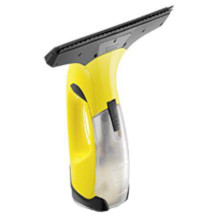
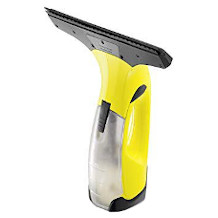
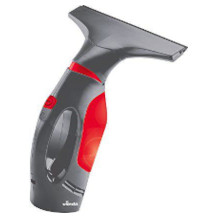

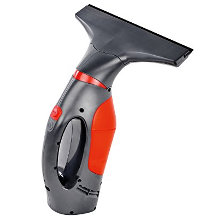
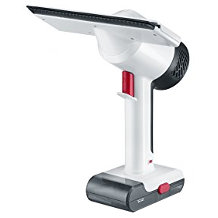
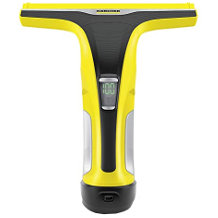
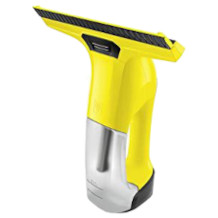
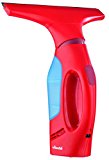
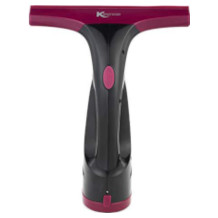

 10,648 reviews
10,648 reviews

